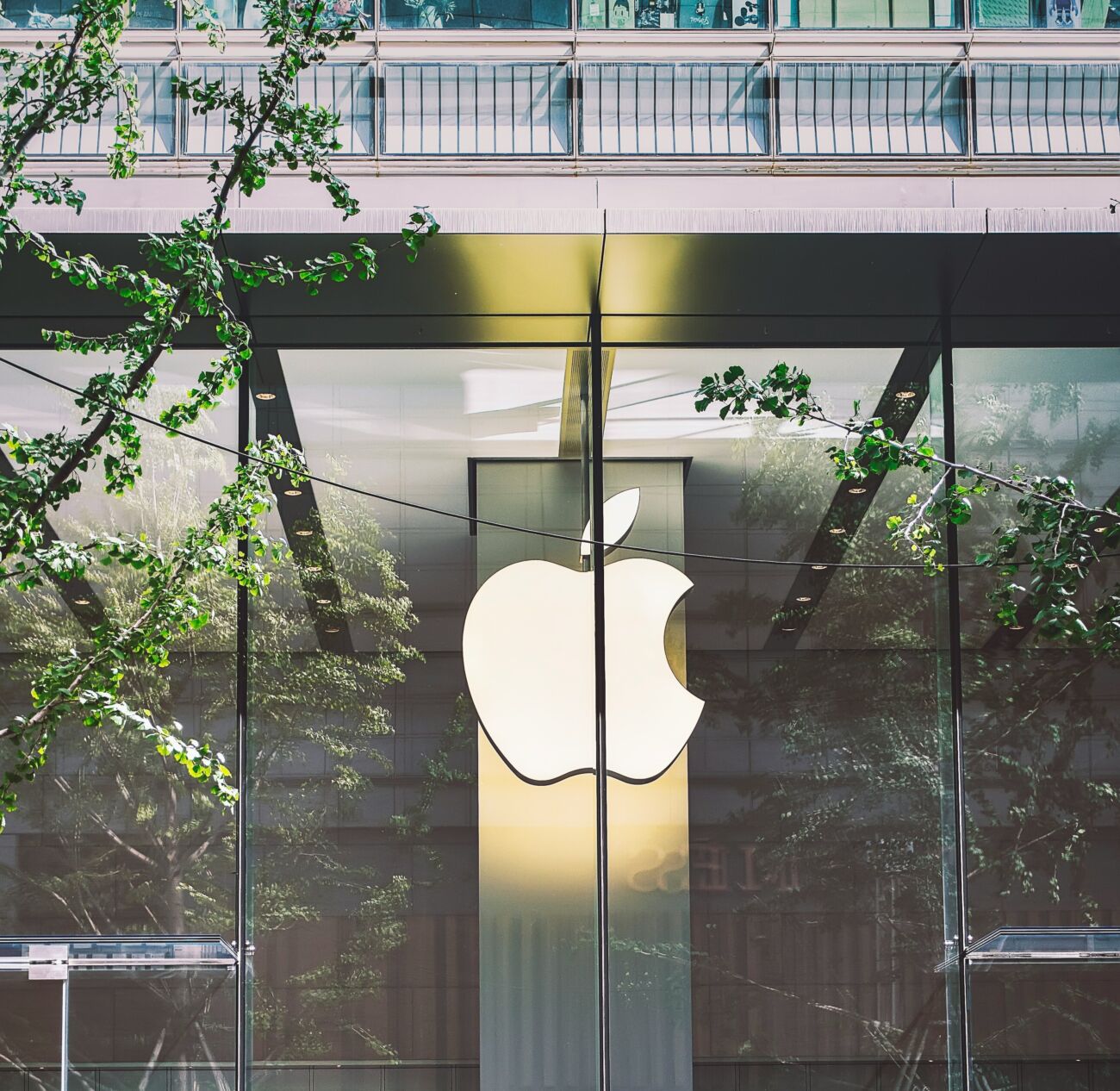The problem: Time-consuming and error-prone inspections
Asbestos inspections typically require extensive manual work. Inspectors must visually examine materials, take notes by hand, and write detailed reports. This process is slow, increases the chance of human error, and can delay important decisions.
The solution: AI-powered automation
By using AI, we can automate many steps of the inspection process. This means less manual work, fewer errors, and faster results. Inspectors can focus on their job while AI helps streamline their tasks.
What makes this AI solution unique?
We’ve combined AI-powered detection with speech-to-text technology to make asbestos inspections smarter and more efficient. Here’s how:
Voice input instead of notes: Inspectors can simply speak their observations instead of writing everything down. AI-powered speech-to-text technology (like OpenAI’s Whisper) converts spoken words into structured text, ensuring no essential details are lost.
Automated image analysis: Traditional asbestos identification relies on human observation, which can be inconsistent. Our AI analyzes images taken during inspections, quickly identifying possible asbestos-containing materials with greater accuracy.
Less paperwork, more productivity
Writing detailed inspection reports can be time-consuming, often taking longer than the actual inspections themselves. Our AI-powered system automatically generates reports based on recorded voice notes and captured images, saving inspectors valuable time and reducing the chance of errors.
Smarter image analysis for better detection
Detecting asbestos isn’t always straightforward. It requires careful materials analysis; human judgment alone isn’t always enough. Our AI-powered image classification technology scans photos taken during inspections and flags potential asbestos-containing materials. We plan to refine this technology even further in the future, making inspections even more reliable.
A game-changer for asbestos inspections
Traditional methods are slow and prone to mistakes, but our AI-powered solution streamlines the entire process. This technology has the potential to revolutionize asbestos detection and other types of inspections requiring strict safety and compliance checks.
What’s next?
We’ve proven that AI can make asbestos detection more efficient, but this is just the beginning. Our next steps include:
Improving AI-powered image recognition to enhance detection accuracy.
Expanding the capabilities of AI-driven report generation.
Developing a fully market-ready solution that can be used across industries.
Conclusion: The future of asbestos inspections is AI-driven
With AI-powered speech-to-text, automated reports, and smart image analysis, we’re creating a future where asbestos inspections are quicker, safer, and more reliable.

